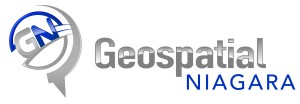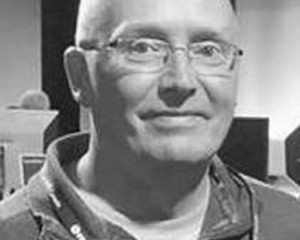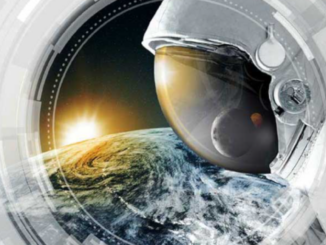 “The caravan thunders onward
“The caravan thunders onward
On my way at last, on my way at last
I can’t stop thinking big” – Neil Peart
Hello everyone. After a number of starts and stops wondering what I’m going to write about (and how for that matter) I think I’m just going to try and plow through this post. I tend to overthink things sometimes and that can be more difficult to deal with than writer’s block.
It’s been quite a long time since my last post for GoGeomatics Canada. Looking it up it was actually January 2, 2013, which in and of itself is hard to believe and I apologize for the extended absence. I guess 2013 could be summed up for me personally as a year of extreme changes and daunting challenges as Geospatial Niagara has come into being and my world profoundly changed forever.
It is no secret to any generation of the Niagara region that we have suffered numerous blows to various economic sectors, most notably in manufacturing. However, the Niagara region also has a number of other economies that can, and do benefit from the use of geospatial information and geospatial technologies. Combining these industries with the presence of a strong Brock University Geography Department, Earth Science Department and their Tourism and Environmental Studies Department as well as Niagara College’s Geographic Information Systems/Geospatial Management and numerous Environmental Programs, the region has a distinct advantage in the ability to create the skilled labour needed for this sector of employment as well as to attract employers to the region. I asked myself, why hasn’t this taken place?
In January 2013, I convened the first Geospatial Niagara roundtable discussion bringing together a number of representatives from the two post-secondary institutions in Niagara – Brock University and Niagara College, as well as curriculum coordinators from the local school board (DSBN) and executive directors/members of the local workforce planning board, a local area research group and the regional economic development office. The goal was simple enough – to introduce them to Geospatial Niagara and to what the organizational goal would be – “to promote geo-literacy and community participation through geography”. During this meeting there was a great discussion about the growing role of geography and geospatial technologies and what can be done to position Niagara so that it can capitalize on this growth.
Another meeting was organized in May 2013, where some GIS project presentations were showcased to give roundtable attendees who were not necessarily familiar with GIS a chance to see the incredible possibilities. Since this meeting, there has been endless networking and promotion to get the word out about the goals of Geospatial Niagara. In the beginning of June the Laura Secord Legacy Trail project that Geospatial Niagara helped to facilitate between the Friends of Laura Secord and the Niagara College GIS/GSM program was successfully completed and Geospatial Niagara became a community sponsor of the Legacy Trail walk.
Then, in mid-June 2013, my world came to a crashing halt. After a yearlong battle, cancer claimed the mother of my children and a new normal has taken time to be re-established (and in some cases is still being re-established). Geospatial Niagara and the Niagara GoGeomatics Socials have been at the same time a kind of therapy and a modicum of stability as I have thrown myself into them (the show must go on).
Adversity has a way of shining a light on possibilities and giving more purpose to an endeavour than previously imagined. My wife was a teacher and the education aspect of Geospatial Niagara has become a mission for me to carry on her legacy. During Geography Awareness Week, a colleague and I had the opportunity to speak with two Grade 5 classes about the Niagara region and engage them in their local geography. I can’t even begin to describe the elation I felt when my time with the classes was done (think runners high). To see the light bulbs go off and having the students so attentive and receptive to geography makes me believe even more in the goals that Geospatial Niagara want to accomplish.
So where are we now?
Geospatial Niagara has been invited to speak with several more classes in January 2014 currently ranging from Grades 3 to 8 to spread the “geographappiness“. We have sponsored a thesis project at Niagara College this year – Vineyard Site Suitability in Elgin County and facilitated three more thesis projects (more on those in future postings). There are also several projects on the go with Software Niagara, a local group of coders and developers as wells as the ongoing TreeOcode Niagara project with Software Niagara and Public Service Request. In May 2014, the Canadian Association of Geographers Annual Meeting is being held at Brock University and we look forward to undertaking an initiative to bring some attending professional geographers together with high school students in a type of town hall meeting.
Finally, the Niagara GoGeomatics group recently broke an attendance record at our November Social and it looks very promising to continue to grow as networks and connections continue to be cultivated. If you are in or near Niagara, please join us!
Look out 2014, I can’t stop thinking big….





Be the first to comment